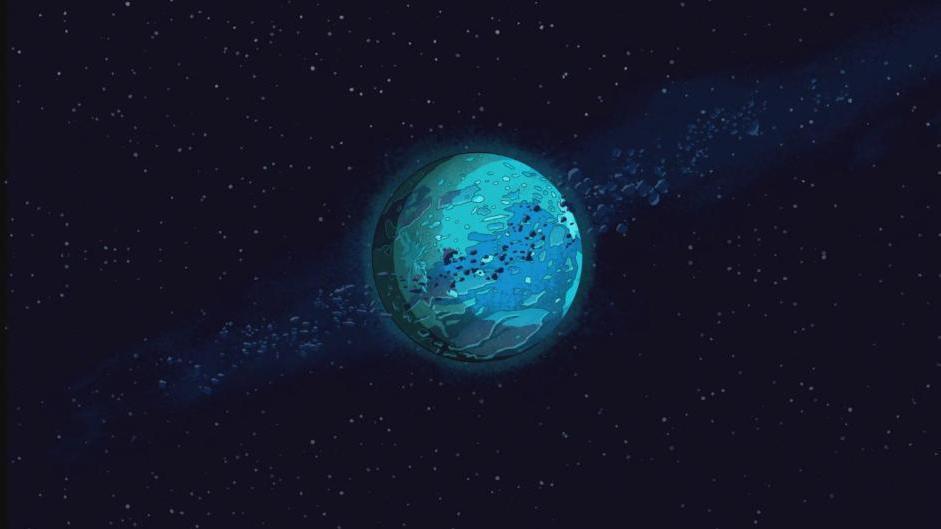With the help of three-dimensional computer modeling, astronomers selected the object’s parameters due to the dip in which a slight “blob” appeared at Pluto’s equator. New calculations show that, at best, there is no subglacial ocean on a distant planet.
When the New Horizons space probe sent back images showing it approaching Pluto in 2015, everyone immediately drew attention to the “heart” on the dwarf planet’s side. Perspective and human imagination played a role here. In fact, only half of the shape stands out clearly; White “drop” of the Sputnik plain. Together with the “tail” it is 2,000 kilometers long and 1,200 kilometers wide. Its “smoothness” was particularly striking – as if it were ice on the surface of a liquid ocean.
The liquid ocean hypothesis was also supported by the location of the Sputnik plain slightly north of the equator. If Pluto were a completely solid body, such a large “hole” would cause the dwarf planet to spin. The deepening will shift towards the nearest pole. Instead, it is on the opposite side of Charon, which has only an order of magnitude less mass than Pluto. All this shows that more mass, not less, is hidden in the Sputnik plain.
At the same time, the shape of the Sputnik plain is extremely similar to the impact of a massive object. Scientists tried to prove this with the help of computer simulations. They found that a 400-kilometer-wide object could create an 800-kilometer-wide crater in a head-on collision. However, it was not possible to achieve the “drop” shape in two-dimensional models. In the new study, researchers used three-dimensional modelling. An article containing the results was published in the journal Nature Astronomy.













